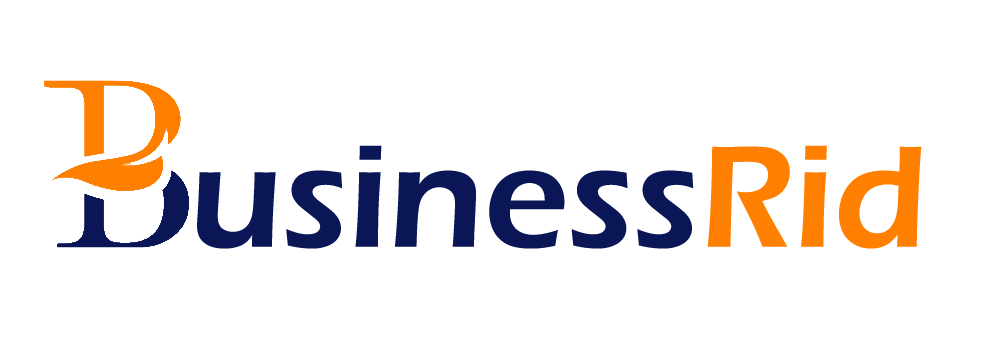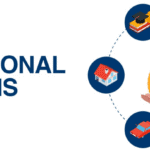
10 Expert Tips from AccessiBe in Building WCAG Compliant Accessible Websites
It is not a challenging task now to build a website. You can rely on the services of a website expert or may also think of using a content management system to build a website on your own. However, when it comes to making a website that is accessible to all, including people with disabilities, things are a bit complicated. There are various elements to be taken care of inaccessible web development, for which one should be knowledgeable of the ADA Titles and also the WCAG guidelines for accessibility compliance.
WCAG guidelines from AccessiBe
Let us further discuss some of the key WCAG 2.0 guidelines. AccessiBe experts define each of the points in this guideline to guide the website designers and developers.
1.Enabling keyboard-only navigation is important in terms of making sure that the web page is ADA compliant.
2.Always use concise and descriptive text to describe the content on the page. It includes the usage of proper alt text descriptions as well as the graphics on-page.
3.You should not use color only to convey any information or instruction. You can use colors to assist a descriptive element, but there should not be any confusing elements like odd color combinations, patterns, styles, or shapes for the color-blink people.
4.Use text which is clear and concise. Ensure that the content on the page is grammatically correct and also free from any typing or spelling errors.
5.Make the features adaptable, which means making it easy for the users to control the content of the pages, navigate easily through the website, and use style sheets.
6.It is a creative, inviting, and user-friendly website that ensures enough visual elements, but it should not be overwhelming to users with ADHD or learning disorders, as too many flashy animations and images may be distracting.
7.The links should not be text only. Make it descriptive rather than just the “more” or “click here” text. Try to make it more descriptive and meaningful by clearly stating the destination.
8.Avoid usage of table layouts on the web pages. If you are using tablets, then try to put a caption at the bottom of all tables. You cannot rely fully on the screen readers to recognize the captions, so you should test them before implementing them.
9.Avoid usage of design or graphics which run on specific software or browser only. Ensure computability of all web pages elements across the browsers and devices.
10.Follow the guidelines for mobile devices too. Most people tend to access the websites on mobile devices now, so the website elements should be compatible with smaller screens, slow connections, and other device and network-specific elements.
It is essential to get knowledgeable and experienced web development assistance to make your website accessible. There are many standard accessibility tools also, as offered by AccessiBe, which can be integrated into the website to ensure accessibility. In any case, accessibility is not just a choice but a mandatory requirement for future generation websites to survive.















Average Rating